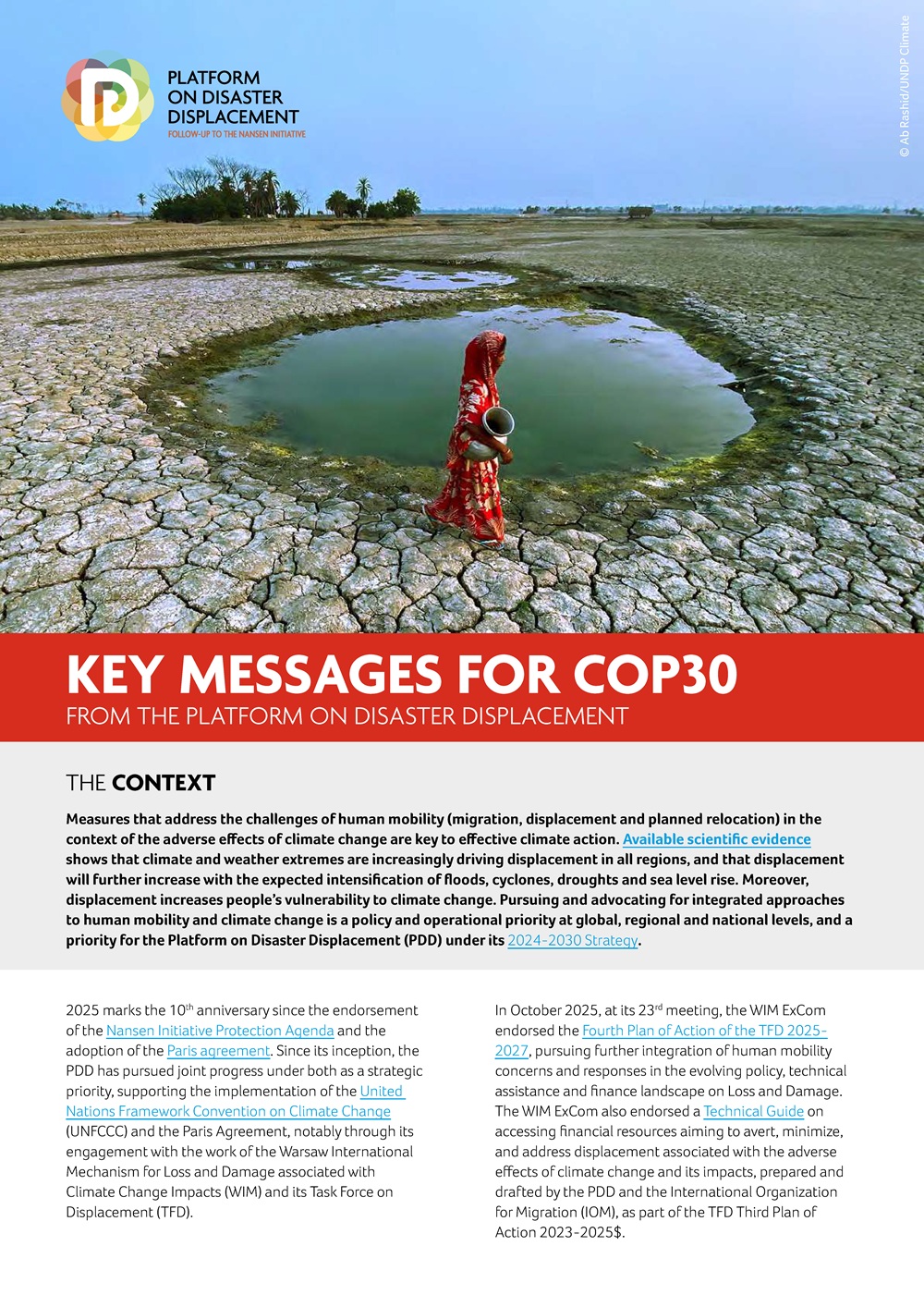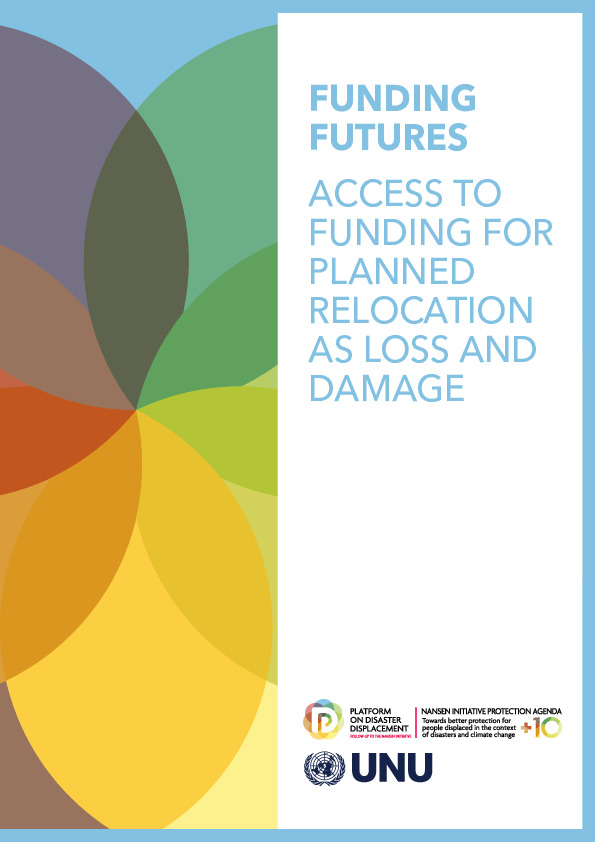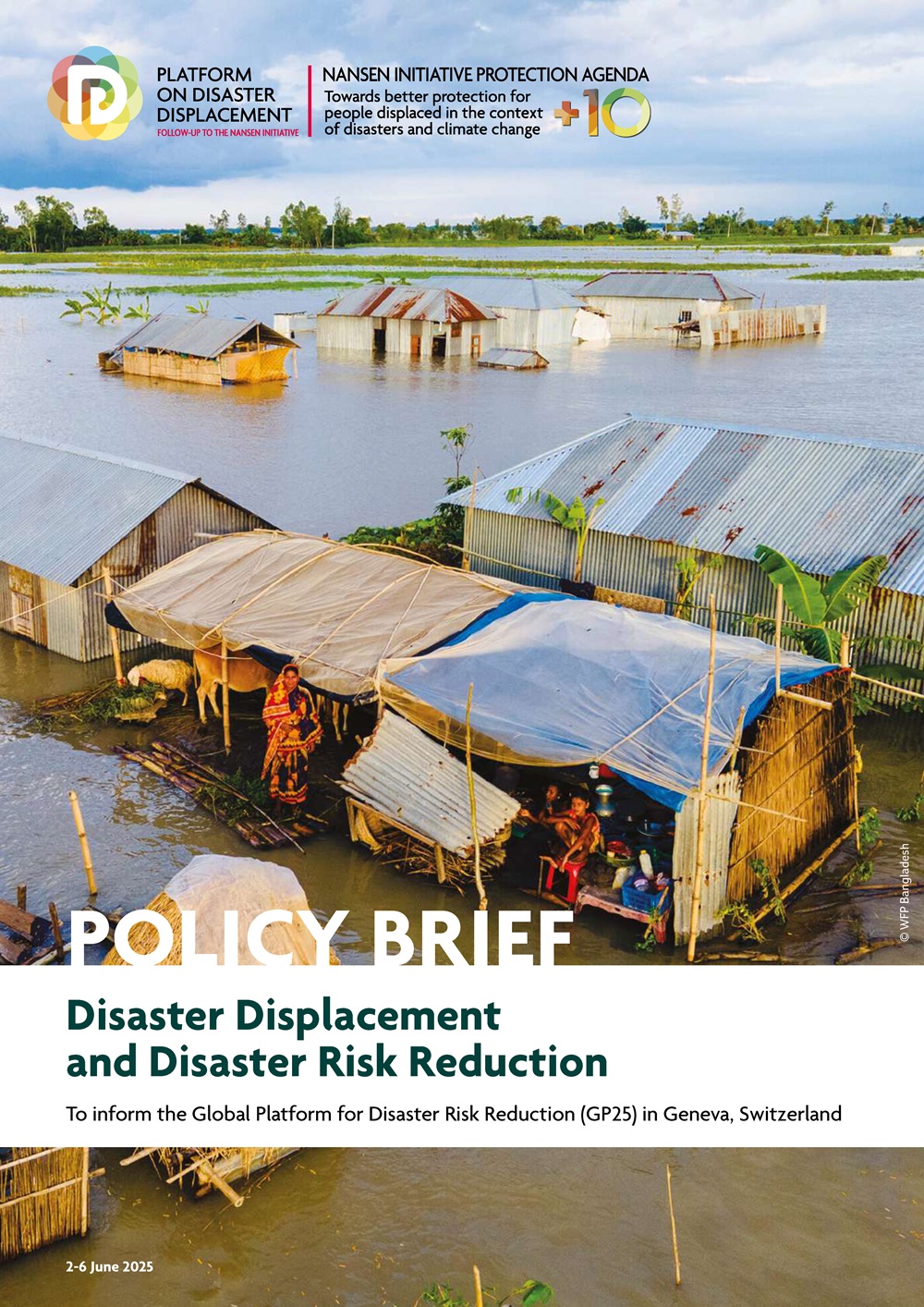World Disasters Report 2020: Come Heat or High Water
IFRC
The impacts of global warming are already killing people and devastating lives and livelihoods every year, and they will only get worse without immediate and determined action. The frequency and intensity of climatological events are increasing substantially, with more category 4 and 5 storms, more heatwaves breaking temperature records and more heavy rains, among many other extremes. Loss of natural resources, food insecurity, direct and indirect health impacts and displacement are likewise on the rise. Many communities are being affected by concurrent and consecutive disasters, leaving them with little time to recover before the next shock arrives. The most at-risk people in these communities are in danger of being left behind if their needs and capacities are not understood, and their voices not heard.
The resources we need to adapt to current and imminent climate-driven disaster risks are within reach. The analysis presented in World Disasters Report 2020 shows that none of the 20 countries most vulnerable to climate change and to climate- and weather-related disasters were among the 20 highest per person recipients of climate change adaptation funding. None of the countries with the five highest disbursements had high or very high vulnerability scores. At the other end of the spectrum, 38 high vulnerability countries (out of 60) and 5 very high vulnerability countries (out of 8) received less than $1 per person in climate adaptation funding, while two received no disbursements at all. Notably, none of the largest five recipients are fragile contexts.
The issues are not only financial. The report argues it is time to shake off business as usual and turn words into action. Much of what needs to be done has been known for years – it is just overdue in implementation. But we also need to scale up some new lessons learned more recently from our changed environment. Fundamentally, we need to ensure that we are implementing the intertwined commitments in the Sustainable Development Goals (SDGs), the Paris Agreement and the Sendai Framework for Disaster Risk Reduction 2015–2030 in a joined-up way. And we must do a much better job of ensuring that all actors – including governments, donors, the humanitarian, development, climate and environmental sectors – prioritize support for the people, communities and countries most at risk.




